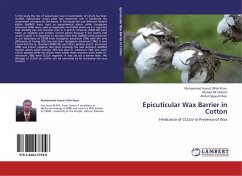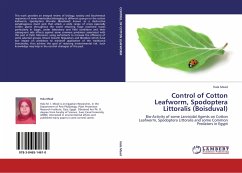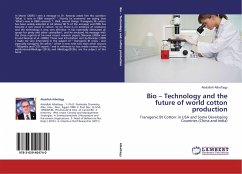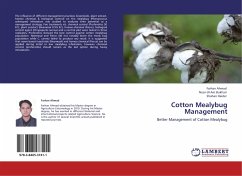In this study the role of epicuticular wax in transmission of CLCuV has been studied. Epicuticular waxes plays very important role in hindering the attachment of insects to the leaves. In this study the wax deficient mutant plants GaWM3 were used as experimental plants while Gossypium arboreum (786) were used as negatively controlled plants as it is reported that whitefly can not transmit virus in it and G. hirsutum (MNH-93) were taken as negative and positive control plants because it has severe viral attack in past. It is important to mention here that GaWM3 were produced in our laboratory at CEMB from Gossypium arboreum (786) with the only difference of having 50% less wax than Gossypium arboreum (786). It was found that the G. hirsutum (MNH-93) was CLCuV positive and G. arboreum (786) was CLCuV negative. But most strikingly the wax deficient GaWM3 mutant plants which contain 50% less than G. arboreum (786) wax were CLCuV positive while the plants from which these mutants weremade (G. arboreum ,786) were CLCuV negative. If wax act act a barrier than, the damage of CLCuV on cotton can be overcome by by increasing the wax content.
Bitte wählen Sie Ihr Anliegen aus.
Rechnungen
Retourenschein anfordern
Bestellstatus
Storno








